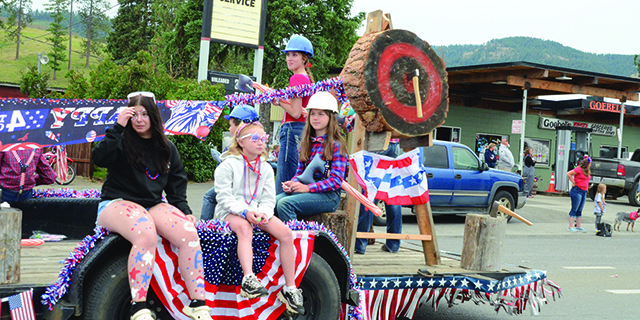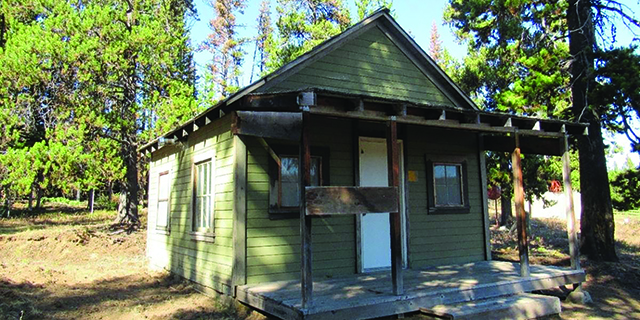Josephy scores big with ‘Dams, Fish, Controversy’
Published 9:00 am Tuesday, June 12, 2018

- Paul Wahl/ChieftainRoberta L. Conner, director of Tamástslikt Cultural Institute in Pendleton, was the keynote speaker for the opening of “Dams, Fish, Controversy" at Josephy Center June 2.
We attended the opening of the Josephy Center’s latest exhibit, “Dams, Fish, Controversy,” and came away impressed. And not just because the Chieftain plays a pivotal role in the display, either.
Although it does.
Trending
The exhibit builds on one that Tamástslikt Cultural Institute on the Umatilla Reservation did last year on Celilo and the dam at The Dalles. Stories of the dam at Wallowa Lake and the High Mountain Sheep Dam –– the one that did not get built –– were added.
If you haven’t stopped by to see it yet, make a note to do so.
It’s difficult to conceive of a time in history when no one knew the meaning of the word “anadramous.” An anadromous fish, born in fresh water, spends most of its life in the sea and returns to the same fresh water to spawn. Salmon are a common example.
According to information supplied to me by my friend Rich Wandschneider, the knowledge of the dual life of salmon was unknown to almost everyone — except the Native Americans until the ‘30s.
In 1931, first suggestion of an anadramous species was forwarded, but it wasn’t until 1938 this new science was accepted.
So how do you plan for the future of salmon when you are unaware of how they live and what makes them tick? Poorly.
Trending
Prior to 1938, damming a river simply meant salmon would have to live elsewhere. What a difference 80 years makes.
The other impressive details from the exhibit is the decrease in the volume of fish over the decades.
“Early settlers scooped sockeye salmon out of Wallowa Lake by the thousands and failed to realize the species’ special migration pattern from ocean to river, lake and headwaters — and back to the sea,” Wandschneider said. “Thinking that native streams were not important –– that Pacific salmon would randomly find a river to travel –– scientists thought they could make up for the huge cannery harvests on the Columbia with hatcheries and moving eggs and smolts from one river to the next.” Dams and hatcheries at Minam and Troy, the experts thought, would easily replace the fish the settlers were harvesting on upper rivers and in Wallowa Lake.
“No one bothered to ask the Indians,” he added.
The folks at Josephy asked Joe Whittle to research the Wallowa Lake dams and Jon Rombach to take on High Mountain Sheep. That dam story was well documented in the Chieftain. Jon spent several days in our research room preparing his report.
Josephy Center has become widely known for its tremendous programming in arts and culture and beyond. This exhibit is a collaborative work that no one in Wallowa County should miss, since it’s at your doorstep.









